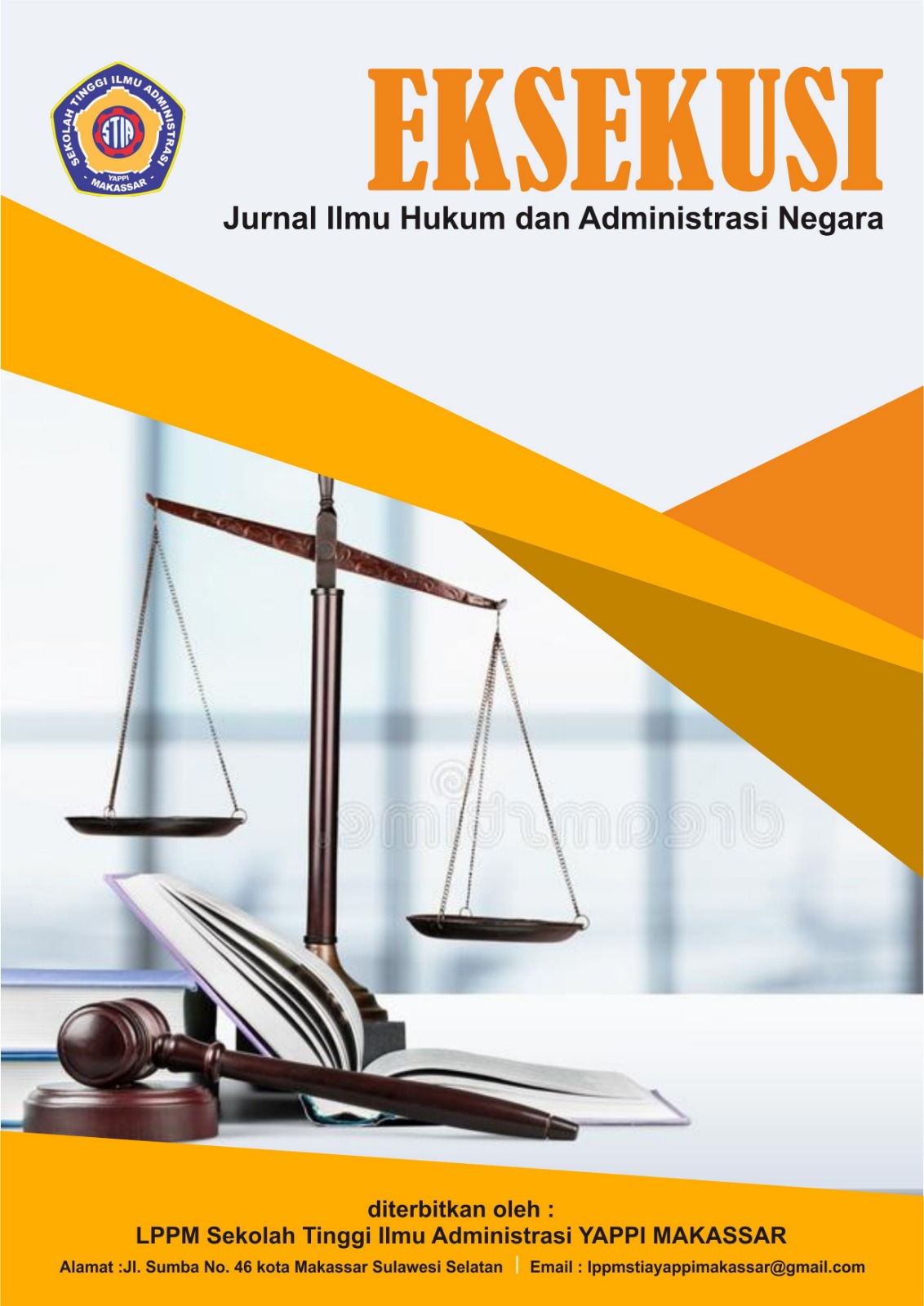Analisis Hukum Putusan Pengadilan Negeri Jayapura terhadap Tindak Pidana Kekerasan Seksual
Studi Kasus Putusan Nomor: 36/PID.B/ 2024/ PN. JAP
DOI:
https://doi.org/10.55606/eksekusi.v3i1.1782Keywords:
Sexual violence crime, normative-empirical legal research, Criminal Code and LawAbstract
Sexual Violence Crime based on number: 36/PID. B/ 2024/ PN. JAP. In its decision, the Jayapura District Court has sentenced the defendant as regulated and threatened with criminal punishment in Article 285 of the Criminal Code and Law Number 8 of 1981 concerning the Criminal Procedure Law and other relevant laws and regulations, a legal review of the case is very necessary because for the case Article 6 letter b Jo Article 15 of Law Number 12 of 2022 concerning the Crime of Sexual Violence Jo Article 64 paragraph (1) of the Criminal Code can be applied. The purpose of this study is to examine the extent to which the verdict has fulfilled the principles of good justice, as well as the consistency of the application of the law to the crime of sexual violence. There is also a method used, namely normative-empirical legal research, which is a research method that combines or combines normative research methods with empirical research methods as part of the improvement of legal knowledge. The specification of this research is descriptive analytical, which reveals laws and regulations related to legal theories that are the object of research. The conclusion reached was that the Jayapura District Court's Decision on the Crime of Sexual Violence in the case of Decision Number: 36/PID. B/ 2024/ PN. JAP determined that thedefendant, who had been legally and convincingly proven, was guilty of committing the crime of "Rape". This decision is in accordance with Article 285 of the Criminal Code and Law Number 8 of 1981 concerning the Criminal Procedure Law and other relevant laws and regulations. Suggestions that can be conveyed include that law enforcement officials must always continue to develop their knowledge that will be needed when searching for the legal basis of a criminal event.References
Literatur :
____. 2001. Bunga Rampai Hukum Pidana dan Acara Pidana. Jakarta: Ghalia Indonesia;
Achmad Ali. 2009. Menguak Teori Hukum (Legal Theory) dan Teori Peradilan (Judicial prudence) Termasuk Interpretasi Undang-Undang (Legisprudence). Jakarta: Kencana;
Amir Ilyas. 2012. Asas-Asas Hukum Pidana. Yogyakarta: Rengkang Education Yogyakarta dan Pukap Indonesia; Andi Hamzah. 1986. Hukum Pidana dan Acara Pidana. Jakarta: Ghalia Indonesia;
Laden Marpuang. 2004. Kejahatan Terhadap Kesusilaan dan Masalah Prevensinya. Jakarta : Sinar grafika;
Lamintang. 1996. Dasar-Dasar Hukum Pidana Indonesia. Bandung: PT. Citra Aditya Bakti;
R. Soesilo. 1994. Kitab Undang-Undang Hukum Pidana (KUHP) Serta Komentar-Komentarnya Lengkap Pasal Demi Pasal. Bogor: Politeia;
Rasyid Ariman dan Fahmi Raghib. 2016. Hukum Pidana. Malang: Setara Press; R. Soenarto Soerodibroto. 2006. Kitab Undang-Undang Hukum Pidana (KUHP) Dan Kitab Undang-Undang Hukum Acara Pidana (KUHAP) Edisi Kelima. Jakarta: PT RajaGrafindo Persada;
Sumber lain :
Departemen Pendidikan dan Kebudayaan. 1994. Kamus Besar Bahasa Indonesia. Jakarta: Balai Pustaka;
Sudarto. 1991. Hukum Pidana 1A-1B. Purwokerto: Fakultas Hukum Universitas Jenderal Soedirman;
Telingasemut.com. Jenis-Jenis Pidana dan Penjelasannya. Diakses pada tanggal 14 Januari 2024, dari sumber http://telingasemut.blogspot.com;


